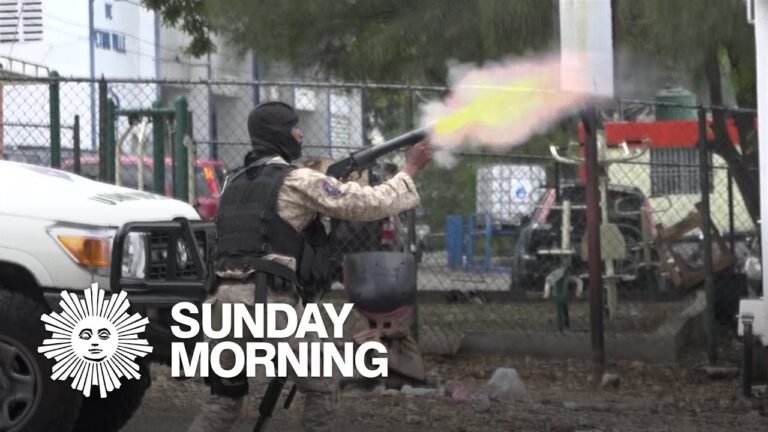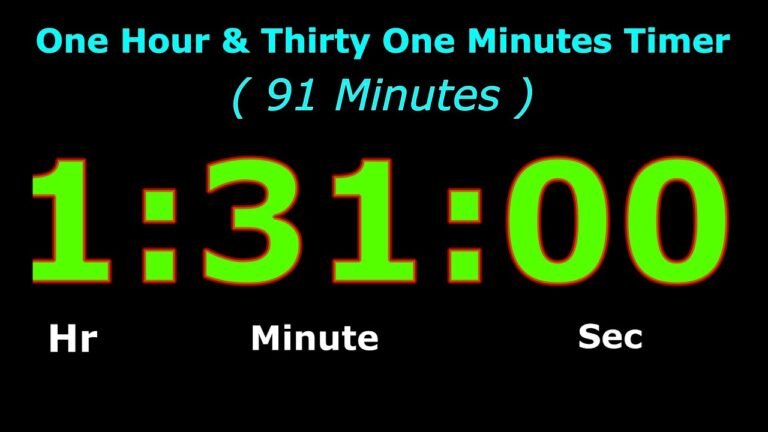The Location of Jesus’ Miracle: Raising Lazarus Explained
The story of Jesus raising Lazarus is a powerful testament to faith and divine intervention, capturing the hearts of believers for centuries. Found in the Gospel of John, chapter 11, this remarkable account not only illustrates Jesus’ compassion and authority over death but also serves as a pivotal moment in His ministry. As we explore this profound narrative, we uncover themes of hope, resurrection, and the deep connections between Jesus and His followers, inviting us to reflect on the significance of life and belief in the face of despair.
In which part of the Bible can the story of Lazarus be found?
The incredible tale of Lazarus, who was resurrected by Jesus, unfolds in the Gospel According to John, specifically in chapter 11, verses 1 to 45. This powerful narrative highlights the themes of faith, hope, and divine authority, as Jesus demonstrates His power over death and offers a profound message of resurrection.
Lazarus resided in Bethany, a small town near Jerusalem, alongside his sisters, Martha and Mary. Their close bond with Jesus underscores the personal nature of this miracle, as it not only reaffirms His divine capabilities but also reflects the deep love and compassion He held for His friends. This story remains a cornerstone of Christian belief, symbolizing the promise of eternal life and the transformative power of faith.
In which part of the Bible is the resurrection of Lazarus by Jesus mentioned?
In the Gospel of John, we find a poignant account of Jesus raising Lazarus from the dead. This powerful story unfolds in John 11, where Jesus reveals to his disciples that Lazarus, a dear friend, has fallen asleep. The disciples, misunderstanding his words, believe that Lazarus is merely resting and will recover. Jesus, however, clarifies the gravity of the situation, stating plainly that Lazarus has died.
As Jesus arrives in Bethany, he is met with grief and sorrow from Lazarus’s sisters, Mary and Martha. In a moment filled with deep compassion, Jesus weeps alongside them, demonstrating his profound empathy for their loss. It is in this context of mourning that he declares his intention to perform a miraculous act that will not only restore Lazarus to life but also strengthen the faith of those around him.
When Jesus approaches the tomb, he commands that the stone be rolled away, despite the protests of the onlookers regarding the odor of death. With unwavering faith, he prays and then calls out, “Lazarus, come out!” In an astonishing display of divine power, Lazarus emerges, alive and unbound. This miracle not only showcases Jesus’s authority over death but also serves as a powerful testament to his identity as the resurrection and the life, encouraging believers to trust in him for eternal life.
When did Lazarus rise from the dead?
Lazarus, a close friend of Jesus and brother to Mary and Martha, lived in the town of Bethany, which became the backdrop for a remarkable event in the Gospel of John. After falling gravely ill, Lazarus died and was laid to rest in a tomb, where he remained for four days. This period of mourning set the stage for a profound demonstration of faith and divine power.
When Jesus arrived in Bethany, he was met with sorrow and disbelief from the grieving family and community. In a powerful act to reveal God’s glory, Jesus commanded that the stone be rolled away from the tomb and called Lazarus to come forth. To the astonishment of all present, Lazarus emerged alive, signifying not only a miraculous resurrection but also foreshadowing the resurrection that Jesus himself would experience.
Just six days later, Lazarus attended the Passover celebration in Bethany, drawing even more attention to the miracle that had just taken place. His return to life served as a testament to Jesus’ authority over death and a catalyst for the events leading up to the crucifixion. This extraordinary moment not only deepened the faith of those around him but also solidified Lazarus’ role in the unfolding narrative of Jesus’ ministry.
Unveiling the Site of a Divine Resurrection
In the heart of a bustling city, a hidden gem awaits discovery: a site steeped in history and spirituality. As the sun rises, illuminating ancient stones and whispering echoes of the past, visitors are drawn to this sacred ground, where belief intertwines with the fabric of life. Here, the air is thick with reverence, inviting all who enter to reflect on the profound connections between humanity and the divine.
This remarkable location, believed to be the site of a divine resurrection, has become a beacon of hope and renewal for countless pilgrims and seekers alike. Each step taken on the worn paths resonates with stories of transformation and faith. As groups gather for meditation and prayer, the atmosphere transforms into a sanctuary of peace, fostering a deep sense of community and shared purpose. The site serves as a reminder of the resilience of the human spirit and the possibility of rebirth amidst life’s challenges.
Visitors leave with more than just memories; they carry a spark of inspiration ignited by their experience. The stories and teachings embedded in this sacred space continue to inspire generations, illustrating the timeless journey of seeking and finding meaning. In unveiling this site of divine resurrection, we not only honor the past but also embrace the potential for new beginnings, encouraging all to explore the depths of their own beliefs and connections to the divine.
Discovering the Place of Lazarus’ Revival
Nestled in the heart of ancient Judea, the site believed to be the location of Lazarus’ revival has captured the imagination of historians and pilgrims alike. This serene destination, marked by its rich biblical history, invites visitors to explore the landscapes that served as the backdrop for one of the most profound miracles attributed to Jesus. With rolling hills, olive groves, and remnants of ancient architecture, the area offers a glimpse into the past, making it a perfect spot for reflection and spiritual rejuvenation.
As travelers wander through the quiet streets of Bethany, they encounter local traditions that echo the stories of old. The vibrant community takes pride in sharing the history of Lazarus, who was famously raised from the dead, emphasizing themes of hope and resurrection. Guided tours provide insights into the archaeological findings and the significance of the various landmarks, allowing visitors to connect deeply with the narrative that has endured through centuries. Each corner of Bethany tells a story, enriching the experience of all who come to pay homage.
In addition to its historical allure, the site fosters a sense of tranquility, making it a sanctuary for introspection. Surrounded by lush greenery and the soft sounds of nature, visitors often find solace as they contemplate the miracle of Lazarus. The spiritual energy of the place encourages a profound connection to faith and the enduring power of life. Discovering this remarkable location offers not just a journey through history, but an opportunity to reconnect with the essence of belief and renewal that resonates universally.
The Significance of the Miracle’s Setting
The setting of a miracle often plays a pivotal role in its significance, transforming ordinary landscapes into extraordinary backdrops that enhance the experience. Whether it unfolds in a bustling marketplace, a serene mountaintop, or a humble dwelling, the environment shapes the perception and impact of the event. It serves as a canvas against which the miracle is painted, inviting observers to connect deeply with the moment. Each location carries its own symbolism and cultural weight, allowing the miracle to resonate on multiple levels. By situating miraculous happenings in familiar or revered places, the narrative becomes more relatable, leaving an indelible mark on the hearts and minds of those who witness or hear about it.
Exploring the Geography of Faith and Healing
In a world where the physical and spiritual often intersect, the geography of faith and healing reveals profound connections between place and belief. Sacred sites, ranging from ancient temples to modern shrines, serve as focal points for communities seeking solace and restoration. These locations, imbued with cultural significance, attract pilgrims who embark on journeys to experience transformation, both physically and spiritually. The landscapes surrounding these sites contribute to their power, as nature itself becomes a canvas for healing rituals and spiritual practices.
The interplay of geography and faith is not merely a backdrop; it actively shapes the rituals and experiences of individuals. In various cultures, the act of traveling to a holy site is seen as a pilgrimage that fosters a sense of purpose and belonging. The rituals performed in these spaces often integrate local traditions and natural elements, enhancing their effectiveness in promoting healing. As people gather in these sacred places, they share stories, prayers, and communal support, creating a rich tapestry of collective faith that transcends individual experiences.
Understanding the geography of faith and healing invites us to reflect on how our environments influence our spiritual journeys. The landscapes we inhabit are more than mere settings; they are integral to our understanding of wellness and connection. By exploring these relationships, we can better appreciate the diverse ways in which communities seek healing, drawing on the strength of their surroundings and the ties that bind them to one another. This exploration not only enriches our understanding of faith but also highlights the universal human quest for healing and harmony in an ever-changing world.
The powerful story of Jesus raising Lazarus can be found in the Gospel of John, specifically in chapter 11. This remarkable account not only highlights Jesus’ miraculous abilities but also offers profound insights into themes of faith, hope, and the promise of eternal life. As readers engage with this narrative, they are invited to reflect on the transformative power of belief and the deep connections that bind us to one another, even in the face of death.







